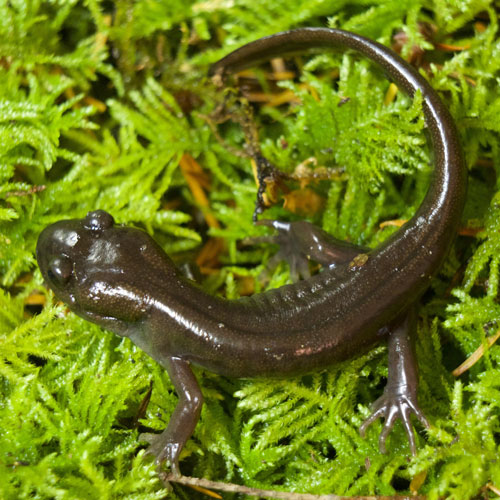Fast Facts
Where they live
- View a map of where they live
- Have a wide range in Washington state, although not generally found in southeastern portion of the state
- Are land dwellers and can be found in woodlands, meadows and mountainous wetlands
- Dig shallow burrows in loose ground or shelter under rocks or logs
Breeding
- Breeding season is February-April
- Prefer slow moving, quiet waters, especially wetlands for breeding
- Eggs are laid in strings in rows and hatch within 10 days
- Tadpoles take up to two months to complete metamorphosis
Cool Biology Facts
- Males do not have vocal sacs! But they can make a chirping sound when captured.
- In higher elevations, will hibernate in underground chambers near streams or take over other animal’s underground lairs.
- Males have been observed fighting for the right to mate with females.
Threats
- Main threats include Chytrid fungus, habitat destruction, introduced species and climate change. View their status on the IUCN Red List of Threatened Species.

Amphibians & Reptiles of Washington
Do you know where rattlesnakes live in our state? Or which salamander breathes through its skin? Explore the fascinating diversity of the 26 species of amphibians and 28 reptiles found in Washington state.

